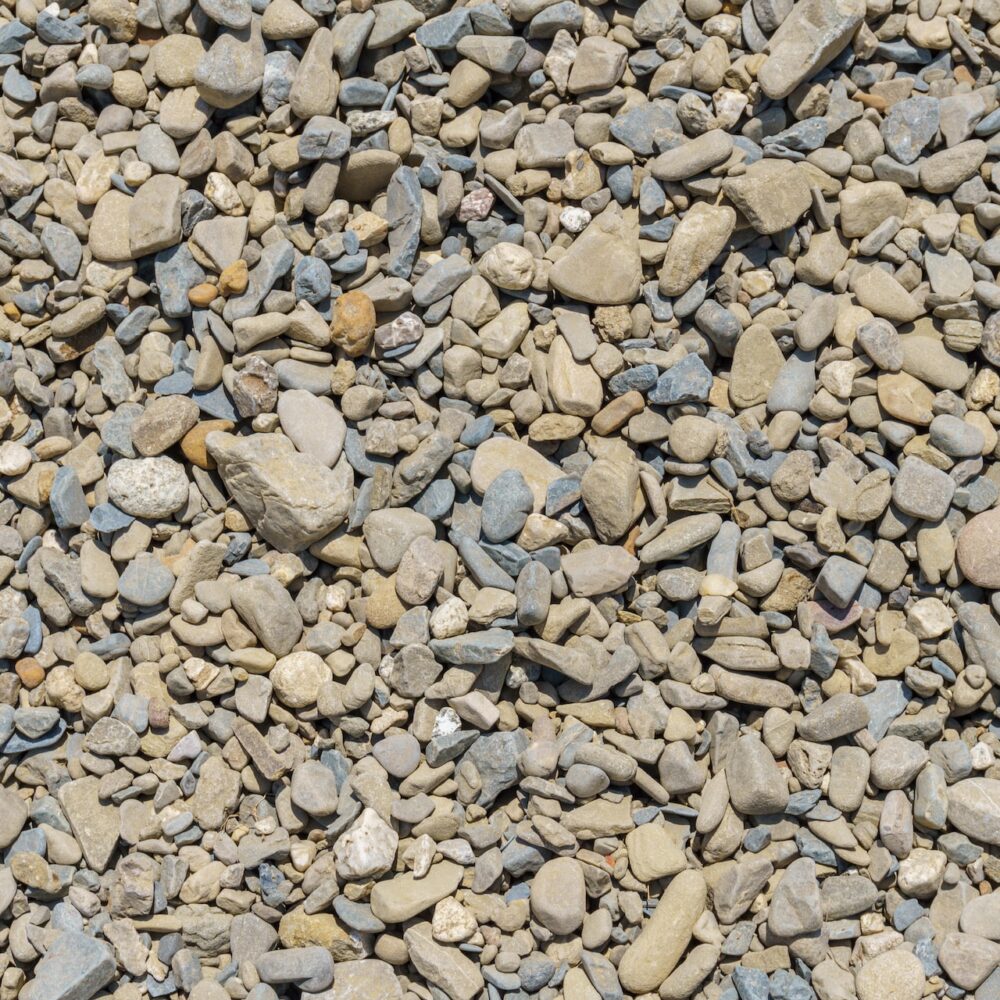The majority of people lack a thorough understanding of construction materials that work outside the trade. It’s easy to believe that only professionals have any knowledge of them and their uses.
This is particularly true when it comes to stone, one of the most fundamental building elements. We can all recognise a stone when we see one, and we all know how significant stones are in building, but what precise roles do stones play in various construction projects?
Here at Tynes Tees Crushing, we want you to feel empowered with a wealth of knowledge before handling one of our Crushers. In this blog post, we will go further into the various kinds of crushed stone, their production processes, and their fundamental uses.
The stone-crushing process
Using a stone crusher in a quarry or other location with an abundance of huge rocks is the first step. Although there are many different kinds of crushers, all of them have the same primary purpose: to reduce bigger rocks to smaller fragments for use as construction material.
Then, several screeners are used to sort and store the crushed stone into various heaps according to size. Larger stones are first eliminated during the screening process, followed by medium-sized stones, and finally stone dust.
Because contractors need extremely precise kinds of crushed stone to finish various projects, screening is crucial. For instance, large stones should not be used in ready-mix concrete or stone dust should not be used in drainage systems.
At Tynes Tees Crushing we believe that careful planning is required to satisfy customers because each contract may call for a variety of rocks, bricks, or other materials to be crushed and screened. Because selecting the incorrect equipment could prohibit the task from being finished or even started, we pay special attention to your demands and our clients’ requirements.
To read more about our screening and crushing processes click here.
The stone is finally prepared for shipment from the quarry after being divided into various piles according to size.
Crushed Stone Uses
Used as a base or sub-base material in paving blocks and concrete for sidewalks, driveways, patios, homes, office buildings, and paved roadways, as well as during the production of cement.
Asphalt and tarmac are created by mixing gravel with a binder and are commonly used as driveway extenders and fillers. Because of their angular designs, the stones used in the Macadam method of road construction must interlock in order for the road to be strong.
In walls for the construction of railroads and shorelines, a binding substance is occasionally utilised. Crushed stone, also known as rip rap or shot rock, is used in a variety of shoreline structures to prevent erosion from water or ice.
Crushed stones can be placed on the ground as tracking pads on building sites and in landscaping around trees and drains. Temporary roads called tracking pads are used to stop construction-related silt from going on paved public roads or landscaping.
Crushed stones can be used for self-contained sewage treatment systems and septic systems.
Stones can also be used to cleanse acid water and other harmful pollutants like sulphur oxide and coal dust found in mines.
Crushed stones can also be used to make agricultural lime, which is then used to treat soil to lessen acidity.
Did you know that crushed stones can also be used as mineral and grit for feeding chickens? All varieties of poultry need a mineral diet for optimum digestion.
We hope you found this information useful, if you or your company are looking into contract crushing and screening, give us a call today on – 01325 808760 or explore our website.







No comments yet.